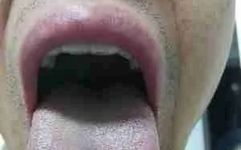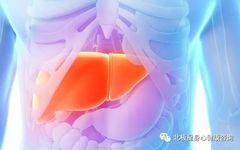How to Regulate Damp-Heat Constitution: What to Eat
Health Talk brings you health knowledge Click below to follow for free↓↓↓ What is Damp-Heat Constitution? People with Damp-Heat Constitution tend to be irritable and often experience feelings of frustration and anger. So how can we regulate Damp-Heat Constitution? How can one tell if they have a Damp-Heat Constitution, and what are the symptoms? What … Read more










